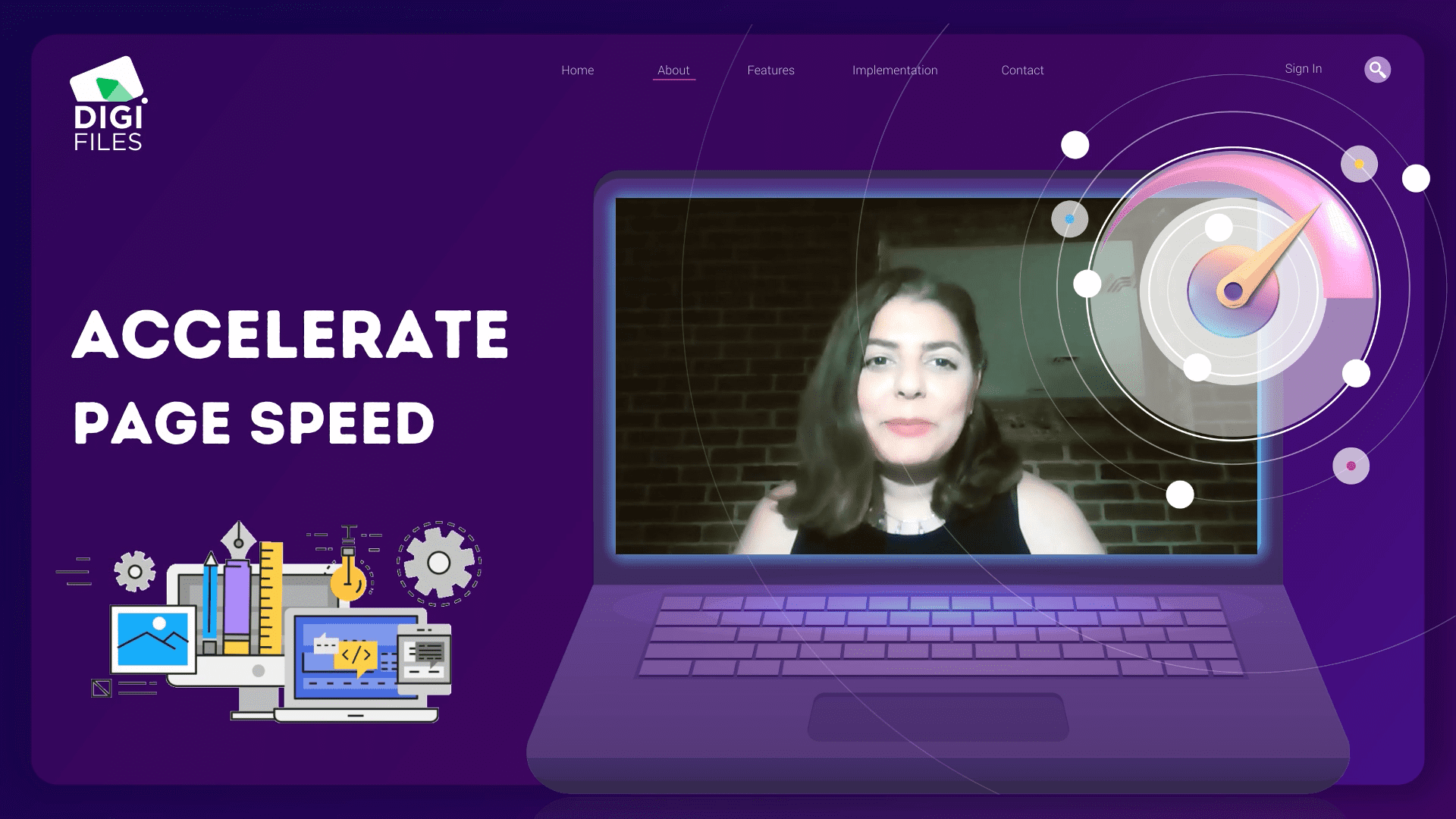Page speed is considered one of many essential factors for determining ranking on Google and the first impression a first-time customer has with interacting with your website. Because speed is a critical factor, we will share some tips to optimize your website’s speed in this episode of the DiGi Files.
There are many reasons to optimizing your website page speed the main ones are to Lower bounce rates and increased conversion rates.
According to Google research, if a page takes more than 6 seconds to load, the bounce rate will increase by over 100%, and the probability of conversions will drop by 95%. The below is an abstract of the study, ideally, you want your page to load in less than 3 secs.
Before we get started with optimization, you need to first check your website speed through Google’s free tool Page Speed Insight. It’s fairly simple to analyze and it will give you some suggestions on how to optimize your website both on desktop and mobile.
The example here is amazon.ae, only because a study conducted by Amazon showed they would lose $1.6 BILLION every year if they slowed down by just one second. So we know that slow pages are a major obstacle for conversions.
These 5 Tips will help you ensure your website loads faster and will have a positive impact on your ranking. Of course, there are many other complex issues that can slow your page down, but we will discuss the most common ones here.
Compress Heavy Images
The easiest and probably quickest way for you to speed up your website is by compressing images, particularly heavy ones. Your page size needs to be under 500KB to perform better. There are several free tools to use and some web hosting services provide plugins, such as WordPress.
Fix Poor Coding
Poorly designed coding is a common cause of slow pages. By minifying HTML, CSS, and JavaScript, the extra code is removed so that your file sizes and code become more manageable for your server to deliver to visitors.
Implement AMP
AMP, (Accelerated Mobile Pages), is designed to give mobile users a more engaging experience by delivering fast load pages. With AMP, it is possible to create simple mobile websites that load almost instantly.
Enable Caching
Browser caching is another tool that can make a big impact with relatively little effort when it comes to page speed. It works by “remembering” the previously-loaded resources so that it doesn’t have to reload them upon every single visit resulting in a big increase in speed when people land on your site.
Use a content delivery network (CDN)
Content distribution networks (CDNs) are networks of servers that are used to distribute the load of delivering content. Essentially, copies of your site are stored at multiple, geographically diverse data centers so that users have faster and more reliable access to your site. it basically loads from different servers, based on the visitor’s region.
By Implementing the above you will see a faster page load which is critical to your online success. Google Announced that page experience signals will roll out in May 2021 making page speed a priority for core web vitals.










